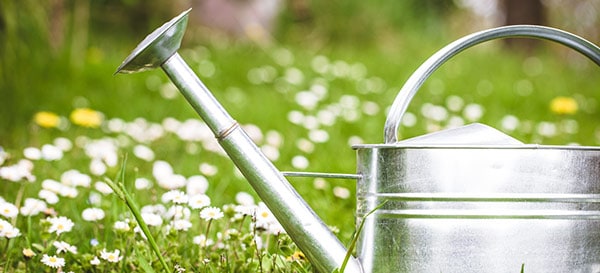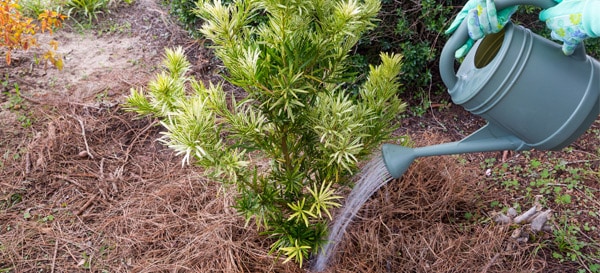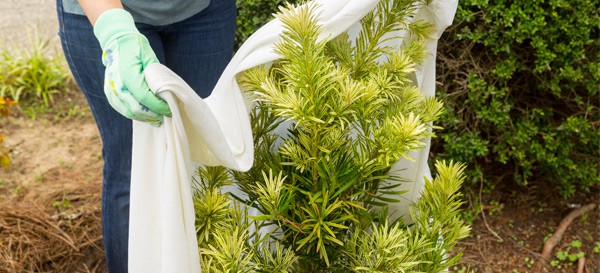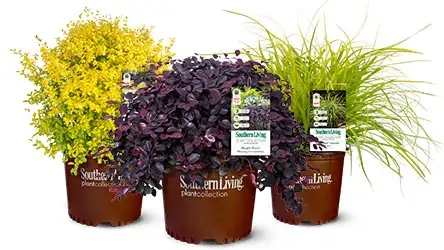Download a printable care sheet!
While many trees, shrubs and perennials go dormant for the winter, fluctuating temperatures, intense sun, low soil moisture and dry, windy conditions may still take a toll. Evergreens in particular suffer, as they remain active during the season and often sustain cold damage.
Read on for four ways you can assist your shrubs in weathering extreme cold, both before and when it strikes.
1. Set the stage prior to the cold snap.

The first step in protecting plants from winter damage is to properly irrigate before the first hard freeze. While it is a good idea to hold back on water during autumn to allow plants to harden-off for winter, it is essential for shrubs to enter winter with adequate soil moisture. After a few light frosts in fall, irrigate shrubs deeply and apply a layer of mulch to regulate soil moisture and temperature.
2. Continue to irrigate, even when it’s cold.

Though much of the landscape may look dormant, remember many plants are still actively using water. Keep an eye on the weather and be mindful of accumulated precipitation each month. Broadleaf and needled evergreen shrubs require occasional irrigation throughout the winter, since they continue to lose water through transpiration, especially during dry, windy periods when sunlight is intense.
When plants lose water faster than the roots can replenish it, the plant becomes desiccated. In severe cases, entire branches can desiccate and die. Regular irrigation ensures moisture is available during critical times, especially when soils are cold and water is less available. Inspect your plants for signs of desiccation throughout the season. Broadleaf evergreens such as camellia and rhododendron will display yellow or orange discoloration of foliage, while needled evergreens will turn rust-hued or brown.
3. When freezing temperatures arrive, take protective measures.

Despite our best efforts to select climate-appropriate plant material for our gardens, unexpected weather events will inevitably occur. When the weatherman warns of unusually cold temperatures, take the time to protect the shrubs in your landscape as well as the rest of your home. Remember, they are an investment and contribute to the overall value and beauty of your home, too.
As mentioned earlier, watering plants several hours before a freeze is the first defense against damage. During a temporary cold snap, cover entire shrubs with burlap, sheets or blankets for insulation. For the best protection, use a frame to prevent the covering from touching the plants. Extend the cover all the way to the ground to retain heat radiating from the soil. You may even place a light bulb beneath the covering to provide extra heat, but please ensure it does not contact the covering or foliage.
4. When planting, plan ahead to shelter plants.

Damage is normally worst on the side of the plant facing the wind or sun. In particular, intense winter sun causes scorching on the south- and west-facing sides of the shrub. When planting new shrubs, place sensitive species in locations sheltered from prevailing winds and direct winter sun. This includes the north, northeast and east sides of buildings, structures or windbreaks.
For existing shrubs in exposed locations, construct a simple barrier to protect plants during the harshest times. First, stretch canvas or burlap between posts along the south and west sides of the shrub. Then, attach the material securely and extend from ground level to the full height of the shrub.
As you can see, the best winter defense is a good offense! While we cannot entirely eliminate cold damage, gardeners can certainly employ steps to reduce and even prevent problems in the landscape, paving the way for a lovely spring awakening.
Want more? Check out additional ideas and expert care tips for your shrubs here.
Get to know our plants, browse the Southern Living Plant Collection.





